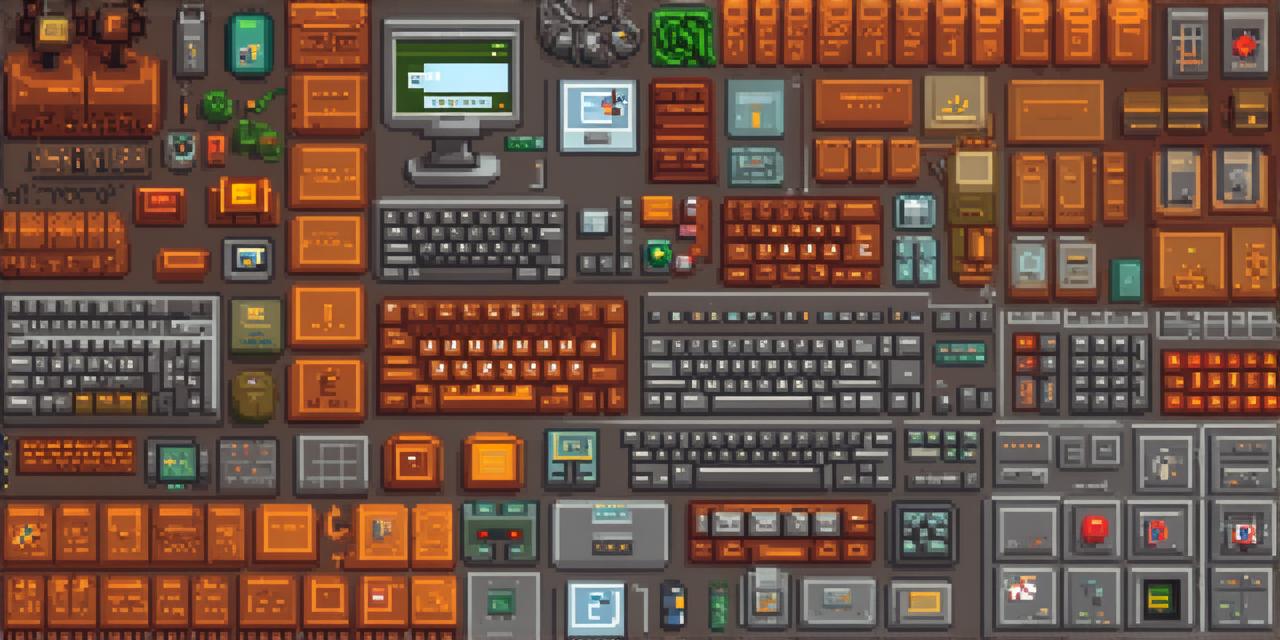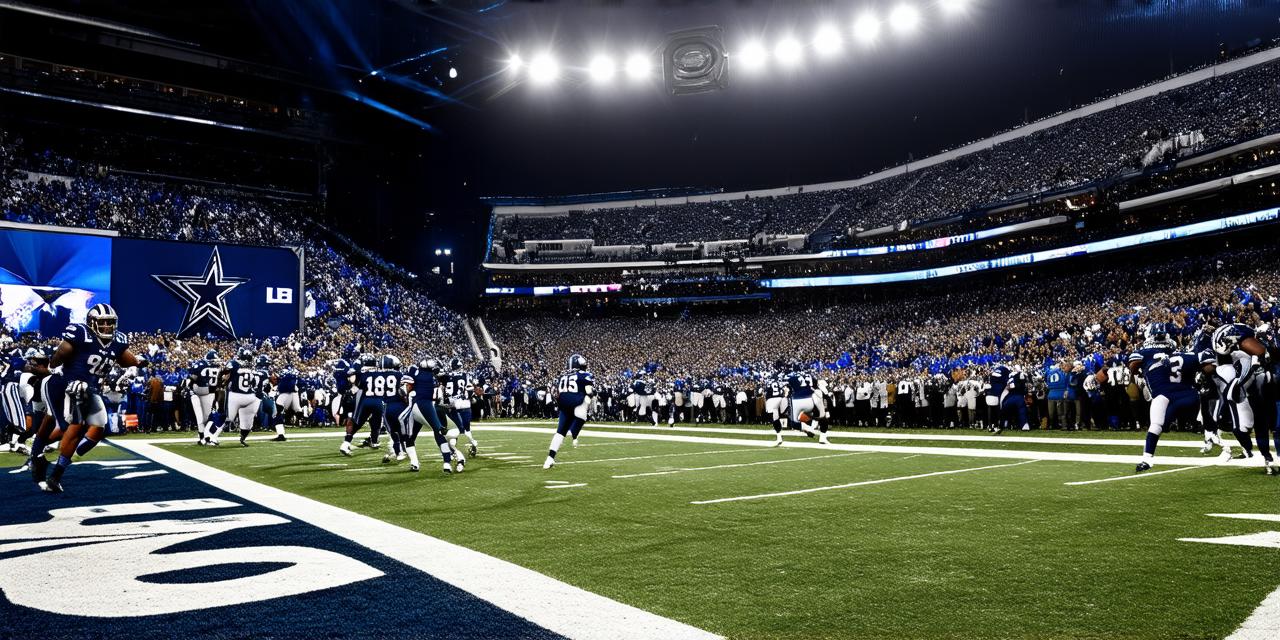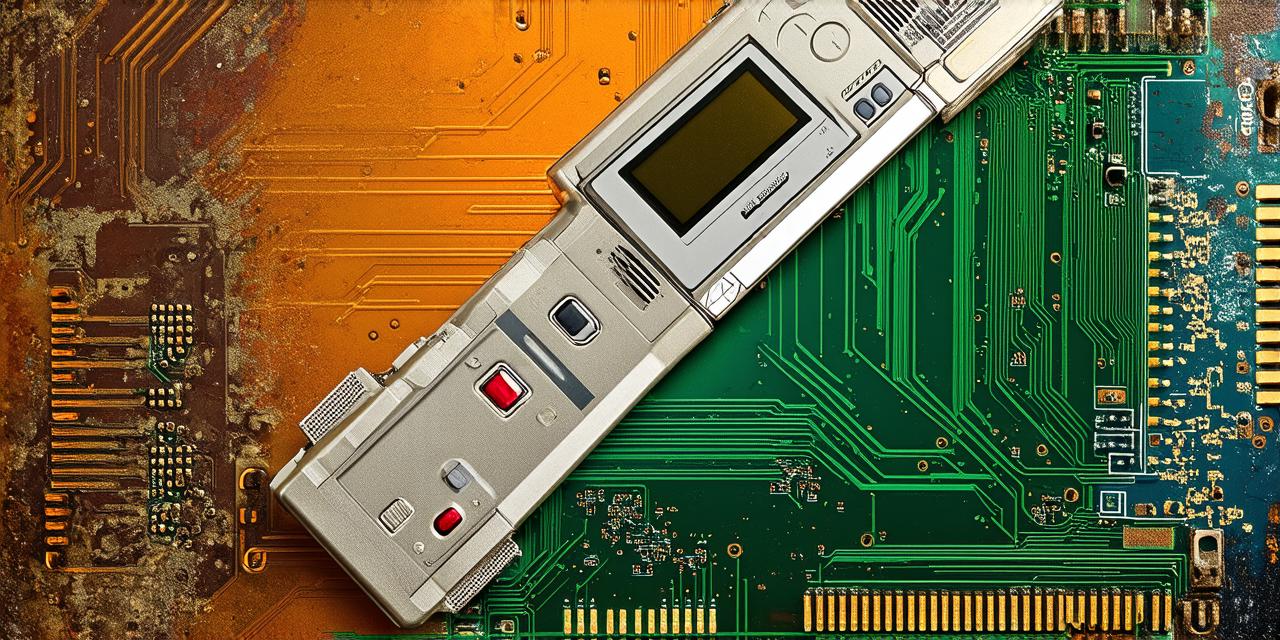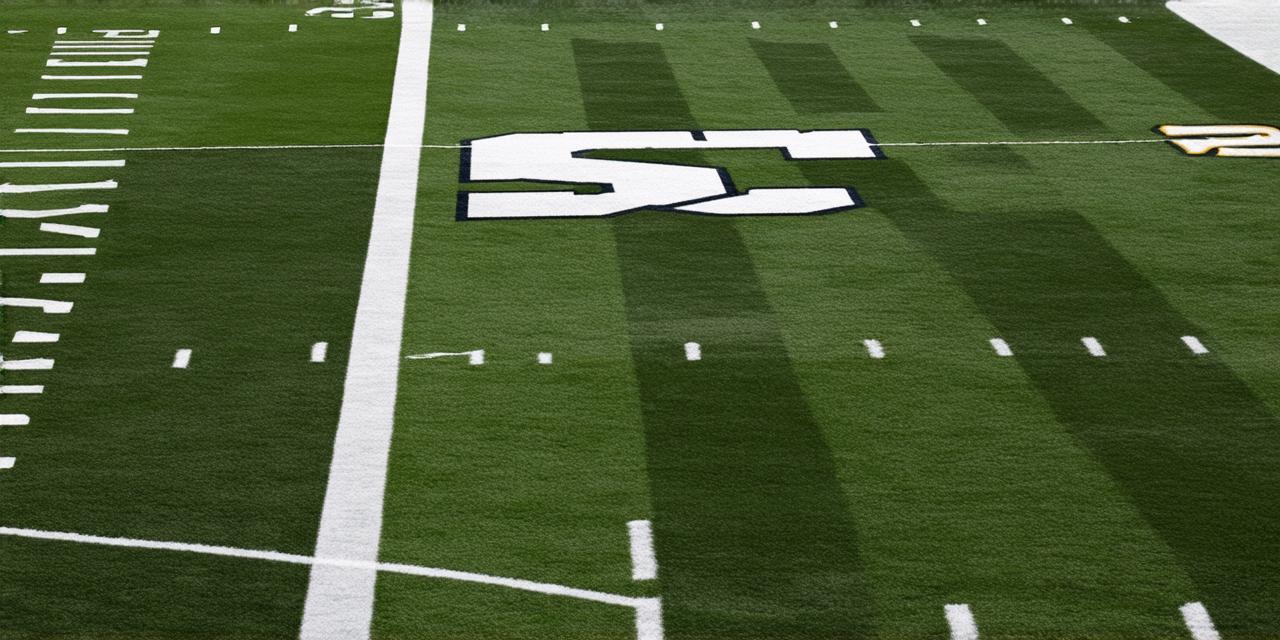Video games are an incredible form of entertainment that have been enjoyed by millions of people around the world for decades. But have you ever wondered about the team behind these interactive experiences? What roles do they play, and how many of them are needed to create a successful video game? In this article, we’ll take a closer look at the various roles involved in creating a video game and discuss how many people it takes to make one.
1. Game Designers
Game designers are responsible for creating the overall vision and direction of the game. They work closely with producers and other members of the team to ensure that the game meets its goals and objectives. While there can be only one lead game designer, a game design team typically includes several members with different areas of expertise, such as level design, character design, and user interface design.

2. Producers
Producers are responsible for overseeing the entire development process of a video game. They work closely with game designers, programmers, artists, and other members of the team to ensure that the game is delivered on time and within budget. A producer’s role includes managing resources, setting priorities, and communicating with stakeholders.
3. Programmers
Programmers are responsible for writing the code that brings a video game to life. They work closely with game designers and producers to translate their vision into something that can be played on a computer or console. While there can be several programmers working on a single project, the number of programmers required will depend on the complexity of the game and the technology used to develop it.
4. Artists
Artists are responsible for creating the visual elements of a video game, such as characters, environments, and objects. They work closely with game designers and producers to ensure that their artwork aligns with the overall vision of the game. While there can be several artists working on a single project, the number of artists required will depend on the complexity of the game and the level of detail needed.
5. Voice Actors
Voice actors provide the voiceovers for characters in a video game. They work closely with game designers and producers to ensure that their performances align with the overall vision of the game. While there can be several voice actors working on a single project, the number of voice actors required will depend on the complexity of the game and the number of characters.
6. Sound Designers
Sound designers are responsible for creating the audio elements of a video game, such as sound effects and music. They work closely with game designers and producers to ensure that their creations align with the overall vision of the game. While there can be several sound designers working on a single project, the number of sound designers required will depend on the complexity of the game and the level of detail needed.
7. Quality Assurance Testers
Quality assurance testers are responsible for testing the game to ensure that it is free from bugs and glitches. They work closely with game designers, producers, and other members of the team to identify and fix any issues that arise during development. While there can be several testers working on a single project, the number of testers required will depend on the complexity of the game and the level of testing needed.
The Roles and Responsibilities of Each Team Member
Each team member plays a critical role in creating a successful video game. Game designers are responsible for creating the overall vision and direction of the game, while producers ensure that the game is delivered on time and within budget. Programmers bring the game to life by writing the code, while artists create the visual elements. Voice actors provide the voiceovers, sound designers create the audio, and quality assurance testers ensure that the game is free from bugs and glitches.
In order for a video game to be successful, each team member must work together seamlessly and effectively. They must communicate clearly and regularly to ensure that their work aligns with the overall vision of the game.



